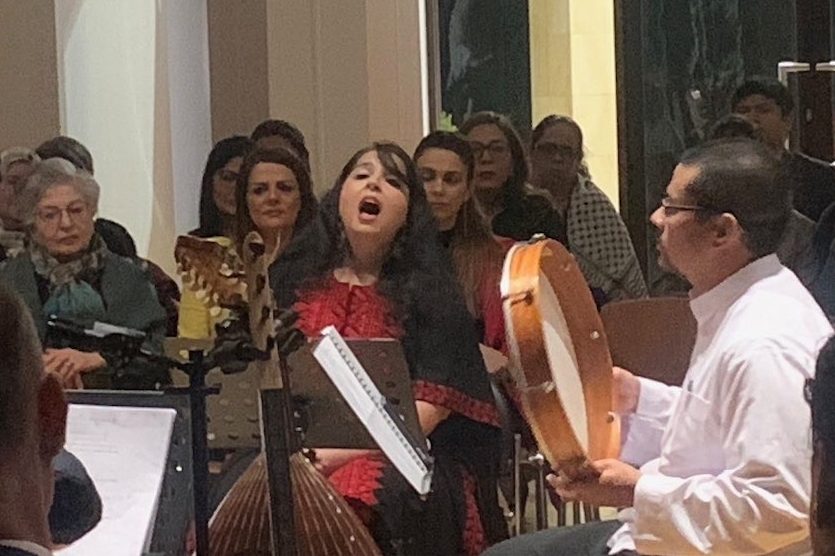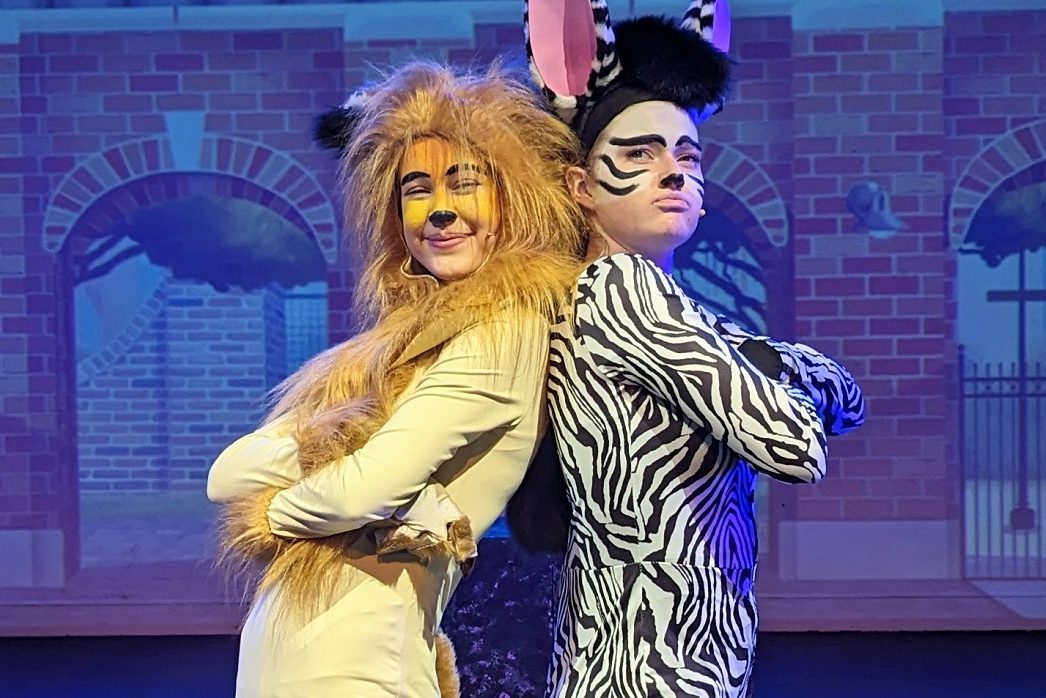
Photography / “Experiments in Living [Melt]” by Sammy Hawker, “A Surface Appearance” by Eunie Kim, “398” by Aloisia Cudmore and “Light Materials” by Caroline Huf. At PhotoAccess, Manuka Arts Centre, until November 27. Reviewed by CON BOEKEL
FOUR exhibitions in one are presently showing at PhotoAccess, each representing a personal and civic triumph in the face of Covid.
Sammy Hawker is concerned about the relationship between humans and “larger forces”. One of Hawker’s major points, that humans must stop pretending that they can be autonomous, is particularly relevant during COP26. Hawker’s work is informed by the innovative use of found water, hailstones and fire to make prints. Water samples include colloidal water from Lake George and salt water from the south coast. The chemical composition of “wild” water has a direct impact on the properties of printed outputs. It generates elemental outcomes such as the salt fractals in “After the Storm”. Humans must have salt. Hawker’s point is beautifully made.

Eunie Kim investigates the dualities in being a migrant. Kim paints emulsion as if were liquid light on to paper. When printed, this creates layered surfaces that represent emotions involved in living in two cultures. Kim’s work resonates personally. As a migrant child I set out to learn the names of every Australian bird, animal and plant. I conflated the ability to name Australian natural things with my yearned-for state of belonging somewhere.
In the earlier works Kim uses broad brushstrokes to create abstract layers. This technique is refined in further works which blend Australian plants and animals with Korean aesthetics. The final set of three prints is well curated as a triptych: “Hwa-jo-do – A painting of Flowers and Birds”, “Flowery Path” and “Cho-chung-do – A Painting of Flowers and Insects”. In a delicately poised tension, the centrepiece has the artist turned away but holding in full view a posy of wattle blossoms – our national flower. The triptych is a wonderful pictorial achievement.

Aloisia Cudmore reflects on what it is like to be young during lockdown. Cudmore’s creativity is centred on capturing the fleeting moment combined with some deft cropping. The prints provide intimate insights into resilience generated by a connected and supportive social environment.
What does “the bush” mean now? Caroline Huf examines “settler myths” such as the bush being “mysterious and threatening”. Janet Long’s excellent catalogue essay is useful for a full appreciation of Huf’s exhibition. The essay connects the bush theme in Joan Lindsay’s book “Picnic at Hanging Rock” and Peter Weir’s movie of the same name to Huf’s work.

Huf’s creativity generates considerable power. In “Light Materials: It’s No Picnic” Huf distorts Weir’s footage, screening it on found rocks. The girl images fracture. They are bushed. They don’t connect with country.
The 16mm film strips, woven into clothing and headgear, represent cultural baggage that isolates humans from the bush. In the video “Let’s Get Lost 4” the model is partially blinded by the mass of 16mm film strips. The symbolism of bare feet tentatively finding a new footing and a new connection to Mount Majura’s eucalypt woodland works extremely well.
Huf’s work is topical. The recent co-naming of the Macquarie River as the “Wambuul” is another small step in our ongoing national reconciliation of the invader’s “bush” with indigenous “country”.
Where do these environment-related exhibitions take us? The four artists deepen our understanding of the scientific, emotional and cultural relationships between humans and their environment. Are such artists doomed to be individual members of a band playing on gamely as our ship struggles? Or can they help motivate sufficient collective pressure to loosen the fossilised hands clinging so desperately to the wheel?
The four exhibitions were created through residencies granted by PhotoAccess. Good on PhotoAccess! Artists were initially cruelly neglected when it came to federal government financial support during covid lockdowns. These exhibitions show us that art is not an optional extra.
Art is core to the business of being human.
Who can be trusted?
In a world of spin and confusion, there’s never been a more important time to support independent journalism in Canberra.
If you trust our work online and want to enforce the power of independent voices, I invite you to make a small contribution.
Every dollar of support is invested back into our journalism to help keep citynews.com.au strong and free.
Thank you,
Ian Meikle, editor




Leave a Reply